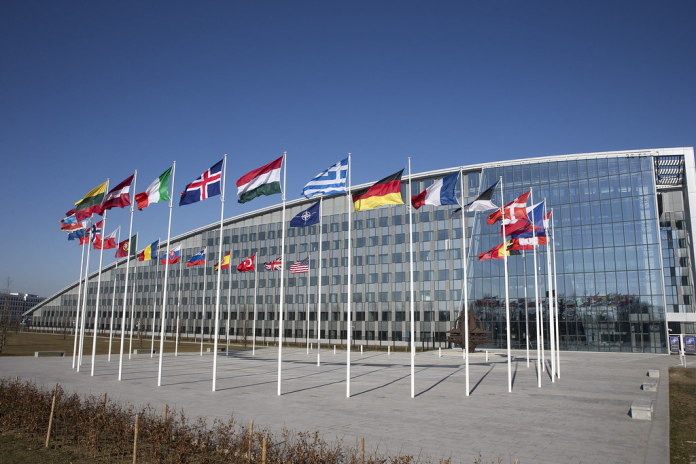
In the corridors of NATO headquarters, a phrase once thought to have become obsolete has returned with unsettling regularity: “major conventional conflict.” A full-scale war in Europe had for years seemed to be little more than a relic from Cold War paranoia, but recent intelligence assessments and military maneuvers point toward a very different reality. Russia is not only rearming it is rehearsing.
From airspace violations over the Baltic, to sabotage in the North Sea, the provocations emanating from Moscow have become routine. Its defense industry is at wartime tempo, mobilization drills have become common, and forces are entrenching in Belarus. The strategic equation is shifting, and with it, the margin for error.
This is more than just a simple bilateral standoff. Russia’s increasingly complex network of military relationships with China, Iran, and North Korea-the so-called CRINK-suggests that a larger confrontation could stretch NATO across multiple theaters. The seven flashpoints that follow illustrate how this emerging axis, combined with NATO’s own vulnerabilities, could create the conditions for a sudden and dangerous escalation.

1. Russia’s Escalating Hybrid Warfare
The Russian approach blends the use of conventional military aggression with covert operations to destabilize NATO’s eastern flank through cyber intrusions, disinformation campaigns, and attacks against critical infrastructure. Cases of the use of chemical agents, like chloropicrin in Ukraine, underpin Russia’s readiness to breach international norms. According to analysts at the Atlantic Council, all of these are not random acts but are calibrated to create confusion, undermine trust, and probe cohesion within NATO.
Hybrid tactics create plausible deniability for Russia, complicating both attribution and response. As observed, the Kremlin is first exploring the dual-use nature of several technologies in order to muddy the waters between civilian and military targets. The ambiguity thus fosters a reactive NATO posture, where unity of response proves harder to achieve.

2. The CRINK’s Expanding Military Nexus
A network of mutual support has deepened between Russia and its partnerships with China, Iran, and North Korea. China extended economic lifelines, key components 90% of Russia’s microelectronics now originate in Beijing and the pace of joint military exercises shot up to 11 in 2024 alone. Iran transformed from a drone supplier into a co-producer, while ballistic missile transfers marked a new threshold. The contribution of North Korea involved millions of artillery shells and even combat troops deployed to the Kursk region of Russia.
The Quad is an informal bloc, not a formal alliance, but its converging interests pose a strategic challenge. These states can stretch NATO’s resources thin through coordination in separate theatres, forcing hard choices between European and Indo-Pacific commitments.
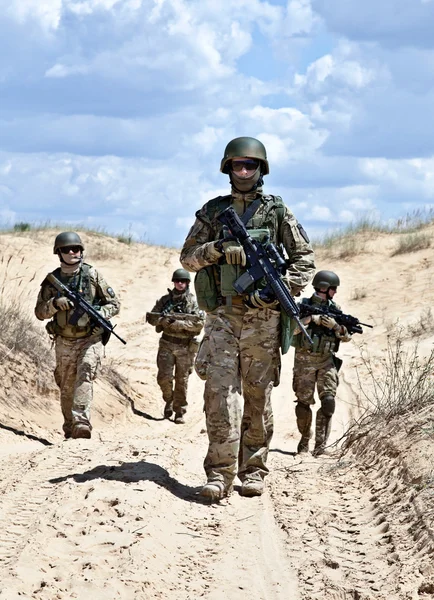
3. NATO’s Readiness Gap
While NATO has the edge in raw, conventional numbers-3.4 million active personnel to Russia’s smaller force-the alliance’s geography and politics hinder its rapid-response capacity. Russia can mobilize more speedily and strike closer to NATO borders. Decision-making between 32 capitals introduces delays that Moscow could exploit. SHELBY TALCOTT FOR THE WALL STREET JOURNAL

Recent exercises and forward deployments have improved readiness, but the real test, as General Christopher Cavoli underlined, is sustaining operations during a prolonged conflict. Industrial capacity, logistics, and societal resilience remain uneven across the alliance, with possible vulnerabilities in the case of a protracted fight.
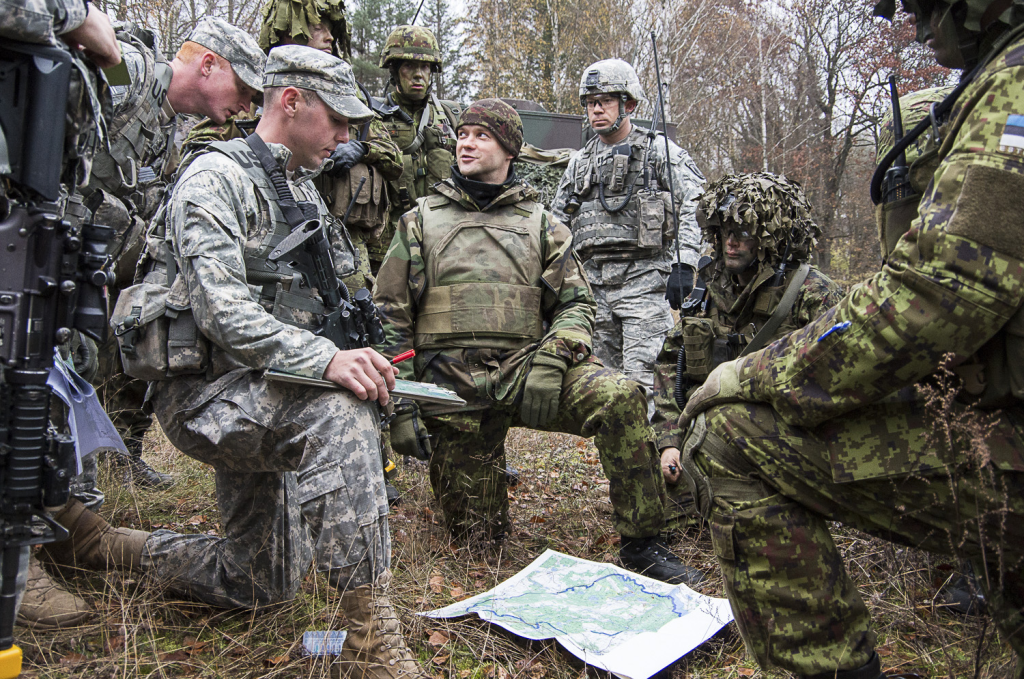
4. Eastern Flank Deterrence Line (EFDL)
The EFDL is being developed with an array of lethal and non-lethal capabilities along the eastern frontier by the US Army and its NATO allies. That includes systems to counter enemy drones, including Project Eagle’s Merod-which has already seen action in Ukraine-and AI-driven data integration courtesy of Palantir’s Maven Smart System. Brig. Gen. Curtis King says one-way attack drones, a tactic Russia has used time and again, call for less-costly defenses.
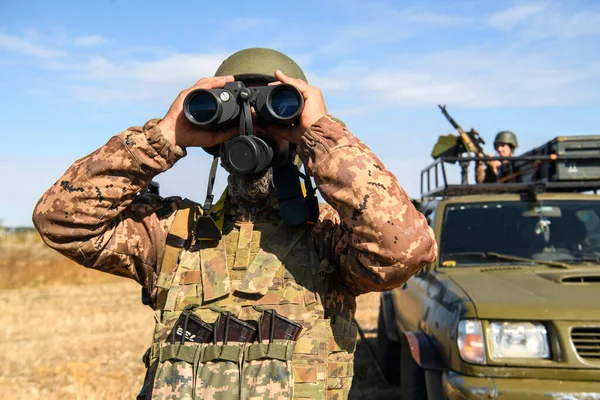
Success in the EFDL depends on interoperability: common launchers, common sensor data, and common training. In such seamless defenses, NATO will be able to deter intruders more effectively and react faster against emerging threats.

5. Chemical and Biological Weapons Risk
Documented Russian use of chemical agents and retained biological capabilities raise the prospect of escalation beyond conventional conflict. According to the findings of a series of scenario-based workshops conducted by the Atlantic Council, such weapons could be used to instill fear, disrupt decision-making, and degrade NATO’s operational efficiency. Deterrence in this domain requires investment in detection, attribution, and resilience. Public awareness campaigns, integrated civilian-military training, and stockpiling protective equipment can counter the psychological and operational impact of CBRN threats.
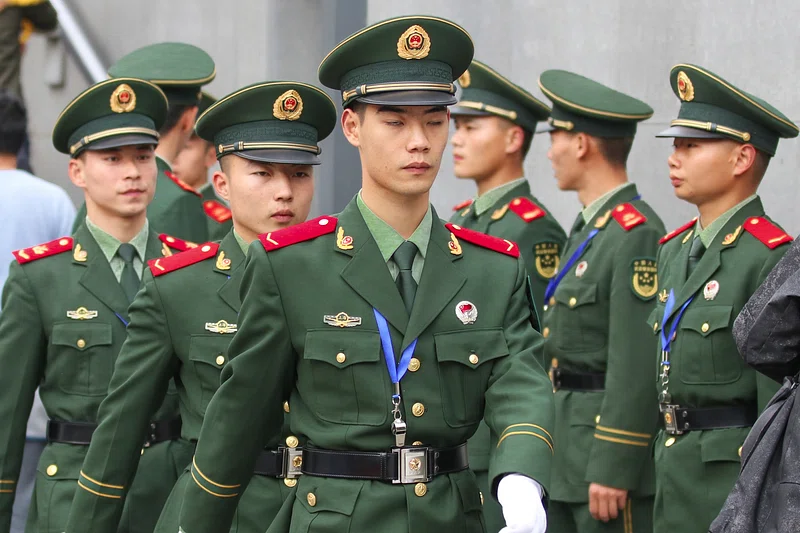
6. China-Russia Military Imbalance
Military modernization has proceeded more rapidly in China than in Russia, changing the balance in their relationship. Whereas Russia is becoming increasingly dependent upon Chinese components and technology, Beijing’s reliance on Russian arms has decreased. This asymmetry can be a source of friction, particularly if China presses for access to sensitive Russian technologies or expects strategic support in a Taiwan contingency. Yet the joint exercises in sensitive regions-from the Arctic to the South China Sea-mark political alignment and operational cooperation that could complicate NATO’s global posture.
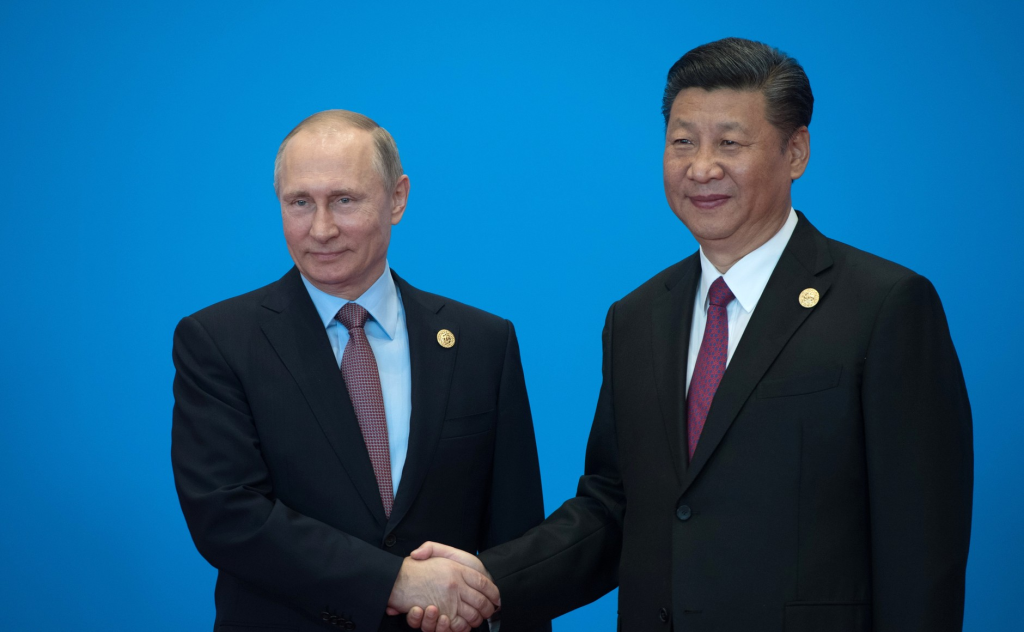
7. Multi-Theater Pressure Scenarios
A war in Europe would not be contained to that continent. Iran could provoke a wider crisis in the Middle East, North Korea could challenge stability in East Asia, and China could use an opportunity created by U.S. distraction to coerce Taiwan. These interacting tensions would compel Washington to perform strategic triage, choosing where to allocate forces and where to assume risk. Scenarios like this further underscore the principle of integrated deterrence: aligning military, economic, and diplomatic tools across regions to block adversaries’ exploitation of geographic divides. The aggressive posture of Russia, expanding cooperation of the CRINK, and structural vulnerabilities of NATO create a potentially explosive mix. On paper, superiority is with the alliance, whereas readiness, speed, and cohesion would determine the outcome of the crisis. The challenge is not the deterrence of a sudden strike but preparation for a conflict across continents and domains. In this emerging strategic landscape, complacency is not an option.
